Text
Wow.
Shows the human spirit being, well, human.
Marble sky masterpost
The bad news is that aliens exist and they are very predatory. The other news is that the person who made first contact with them thinks it's hot.
This comic is my original one, you don't need to be in any fandom to read it:D
Tip jar(ko-fi) My YouTube CAS masterpost Check for new updates
————————————
Ep.1 - «Delicious» is the new «cute» if you're ignorant enough
Ep.2 - A bug in a jar
Ep.3 - Bunk beds, idiots and cultural studies
Ep.4 - The point of change
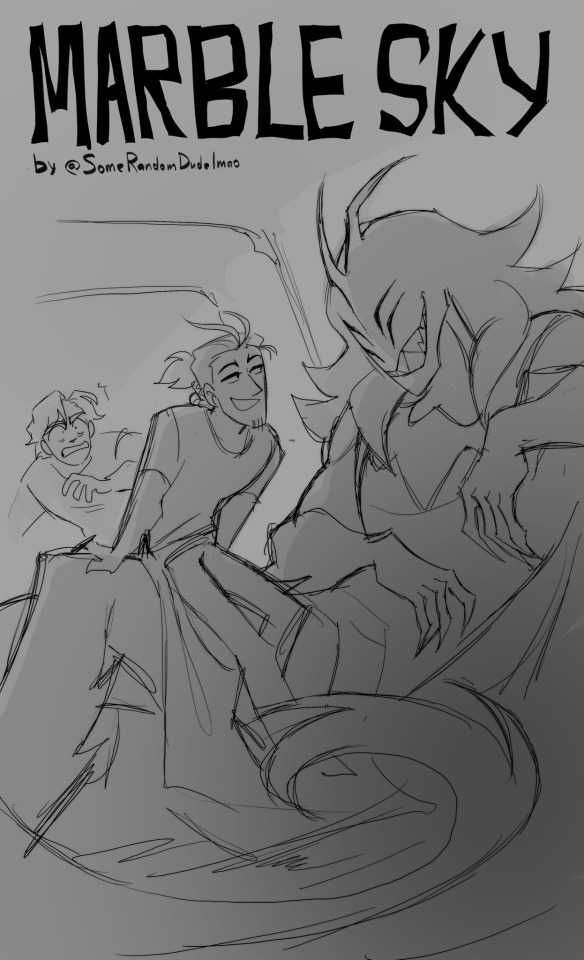
Characters refs Background refs Voice claims My art Your fanart
Feel free to do redraws, edits, dubs and other forms of art based on my drawings - just please credit me and leave a link to this blog. Or just tag me if you're on Tumblr.
Put my name and the link. Please. It takes five seconds. I'm not asking for much.
Do not translate or reupload without my permission || No traducir ni distribuir sin mi permiso || Не переводить/распространять без моего разрешения
Thank you:)
5K notes
·
View notes
Text
Are you really a writer if you haven't sent fragments of your soul spiraling off into the endless howling eternities in the hope that some part of you will enjoy their life more AND send the stories back to you?
I don't really know, but I should probably slow down how quickly I rip bits off.
1 note
·
View note
Text
Monster Manual Harkness Test No. 2 – The Aboleth
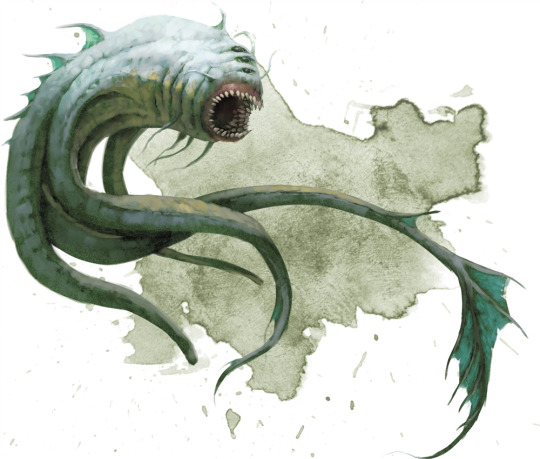
Verdict:
YES Tentacle-lovers, rejoice!! You can romance this Lovecraftian horror!!
The MM stat block gives us intelligence and wisdom of 18 and 15, surpassing average human intelligence and passing the intelligence test for Aboleth-kind. The MM stat block informs us that Aboleths not only speak Deep-Speech (a veritable romance language on-par with French) and Telepathy. Ergo, it passes the communication test Finally the stat block does not indicate that the Aboleth is a child. In fact, fluff states that these R'lheyan Lovers may be older than the gods themselves!! Ergo, they pass the maturity test Can you romance an Aboleth? YES
20 notes
·
View notes
Text
Dumber Rahkshi?
According to BS01, all Rahkshi have their powers cranked up to Stage 6, regardless of whatever stage the Kraata within is. This is a bit weird, because... When they were first introduced, just six Rahkshi were able to menace the Toa Nuva and the island of Mata Nui for a while.
But then as they later appeared in the story, the Rahkshi became a lot less formidable on their own, eventually turning into cannon-fodder on Bara Magna. While part of the explanation is obviously plot, luck, and stuff like smaller numbers of Rahkshi being countered by a full team (the Toa Nuva unite only at the end of 2003), a common explanation was that Teridax’s Rahkshi were of a higher quality and stage; Later encounters were of lower stages, and when he mass-manufactured Rahkshi, he focused on quantity over quality.
However, as I’ve pointed out earlier- Canon confirms that all Rahkshi are set at the maximum power level regardless of Kraata. So it makes the shift from being the main enemies, to regular cannon fodder, all the more jarring... Now obviously some of it can be boiled down to the Toa Nuva becoming more skilled and fighting amidst an army of rebels as well, but still.
Of course, maybe there’s another explanation. Perhaps Makuta started creating lower-quality Rahkshi armors... Except the canonical creation involves dipping a Kraata into Energized Protodermis. Unless Energized Protodermis is used up in each transformation and Makuta found a way to lessen that amount at the expense of the resulting Rahkshi, then... All Rahkshi should be the exact same as the ones on Mata Nui.
Alternatively, while the power level is the same, the intelligence of the Rahkshi might still differ. Kraata get smarter as they grow, starting off as purely instinctual- So even if their powers are cranked up to the max in Rahkshi armor, their intelligence remains the same and has to develop naturally; They still need to hone their reaction times and fighting skill.
Hence, the Toa Nuva struggled because the Rahkshi of Mata Nui were as old and smart as could be, experienced at using their powers and skilled at tracking Takua and Jaller... While later armies were a lot dumber and didn’t use their powers and fighting abilities as well. A power or weapon is only so useful as the one wielding it, after all, because it’s not what you got that matters- But what you do with it.
TL;DR The Rahkshi have always maintained the same power level, they just literally got dumber and thus easier as the story progressed. The Reign of Shadows ended because Makuta cut funding for Rahkshi education, which seems a mistake typical for any dictatorship. Makuta could always step in to telepathically guide Rahkshi, but that got exponentially harder as there were more Rahkshi at lesser stages- So he subcontracted to commanders such as Nektann or Stage 7 Kraata, but they weren’t Makuta and so proved less efficient despite their numbers.
66 notes
·
View notes
Text
God, could you imagine explaining the Piraka to someone who didn't know Bionicle? And that's not to say it's hard, but it's just hilarious when you juxtapose them to everything else in the Bionicle universe. You have legendary heroes, evil forces conspiring in the shadows, powerful beasts, and then you have the Piraka.
The term 'Piraka' is the dirtiest damn slur the Bionicle universe can muster and they proudly bare that name. They refuse to unstupid their teammate because he won't backstab isn't as good at backstabbing now that he's dumb. They're slave traders and they have magic slavery guns. They're from the mid 2000s and they're advertised via a Piraka rap while the heroes are advertised with an All American Rejects song. They kidnapped the All American Rejects.
760 notes
·
View notes
Text
One of my favourite Silly Bionicle Things™ is that all the Toa Mata have like cool weapons and stuff, and then Pohatu just has nice shoes.
And judging by the fact that he retains them in his Nuva form, it's clear that even the writers and designers knew that his "weapons" were incredibly underwhelming compared to the other Toas' (plus Hewkii's level 1 weapon in Bionicle Heroes is based on the generic mata-hand piece rather than being a stylised foot-extension, kinda implying that Pohatu didn't even have a Toa Tool at first).
194 notes
·
View notes
Text
"AND SO MUCH SEX DRIVE? I DON'T EVEN KNOW WHAT THAT IS!"
Do you think it was weird for Toa of Psionics meeting organic beings for the first time? Orde doesn’t seem to have any difficulty reading the minds of Spherus Magnans, so presumably they’re similar enough in structure and function overall.
But, jumping off an earlier headcanon that Matoran have a CPU in place of the lower neocortex levels, the lower levels of the brain would appear quite different. It would result in Matoran having underlying computer program instincts rather than animal instincts like the Magnan species .
So a Toa of Psionics getting a read on Magnans for the first time would be going “Okay… emotions… normal… logic and reasoning capability… normal… dreams and imagination… mostly normal… wait, why is there a lizard in here?”
166 notes
·
View notes
Text

Surprise, was doing a comic this whole time
Reached the halfway point of the story so might as well reveal its in-progress existence
Read it here
194 notes
·
View notes
Text

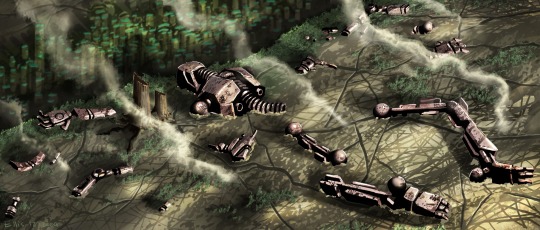
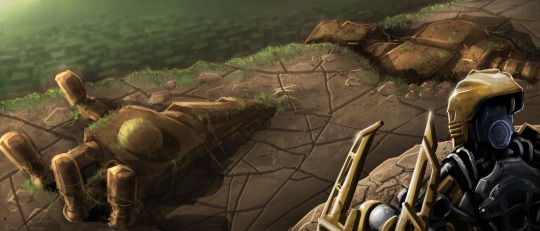



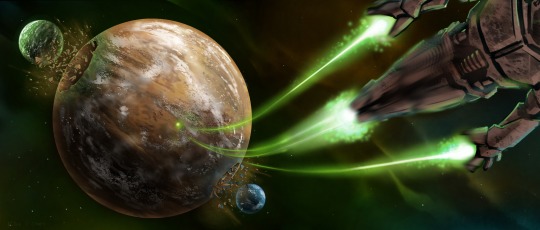

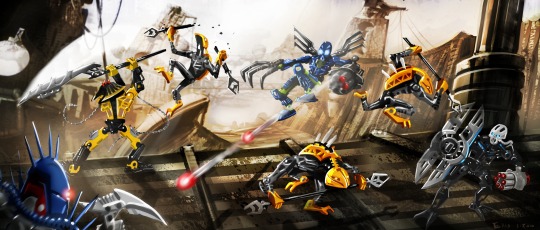



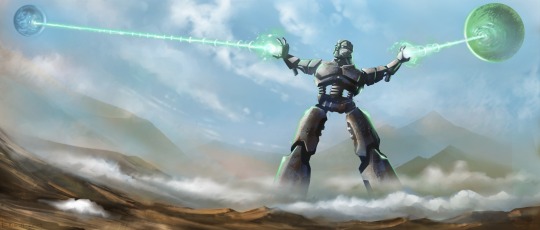


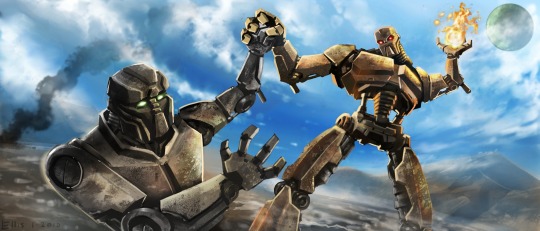
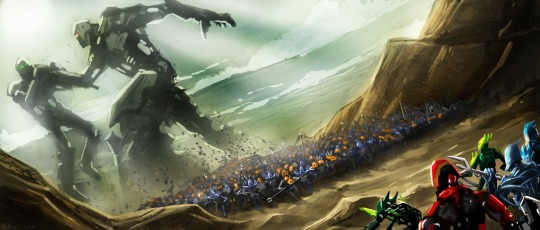

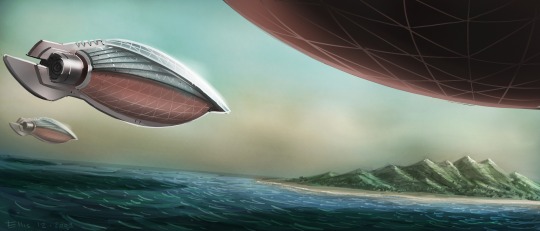
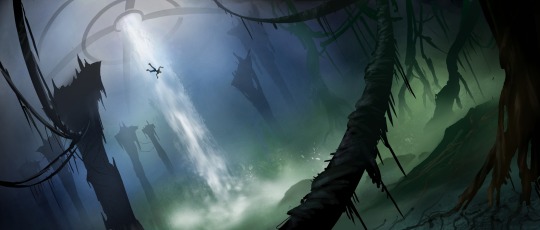
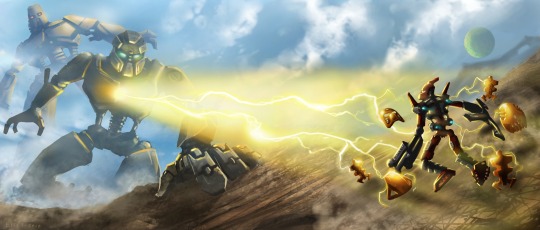
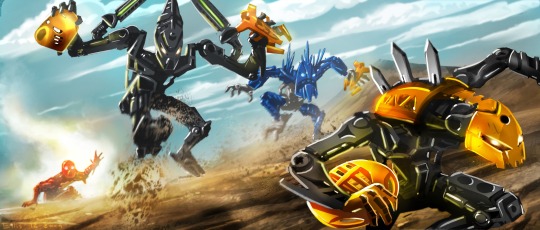

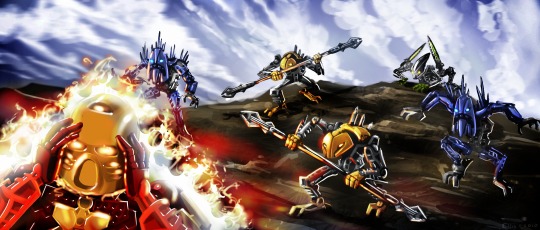
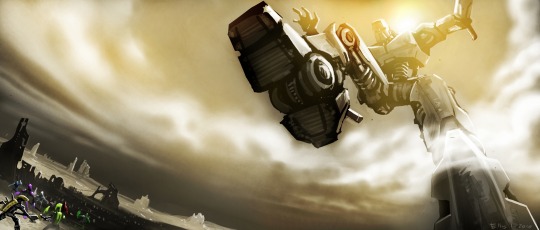
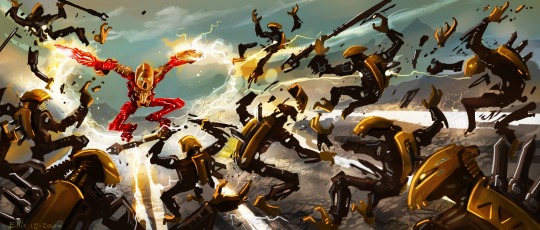
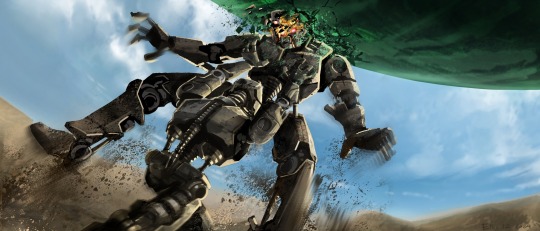
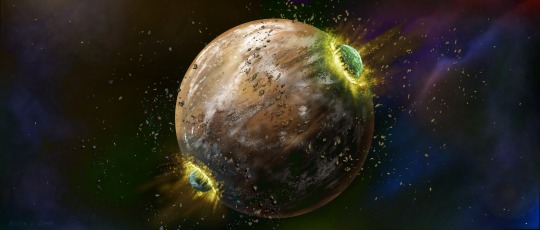


mata nui saga illustrations by brian ellis
source: biomedia project and bs01
150 notes
·
View notes
Text
Do you think Vakama, as a skilled mask maker, was fascinated with the kanohi nuva? And if he saw the organic inika kanohi what his reaction would be?
168 notes
·
View notes
Text

LEGO Almost Went Bankrupt. These Heroes Saved Our Bricks.
How a brain tumor inspired Bionicle, one of the most popular toys of a generation.
BY DAVID LUMB PUBLISHED: JUN 21, 2020
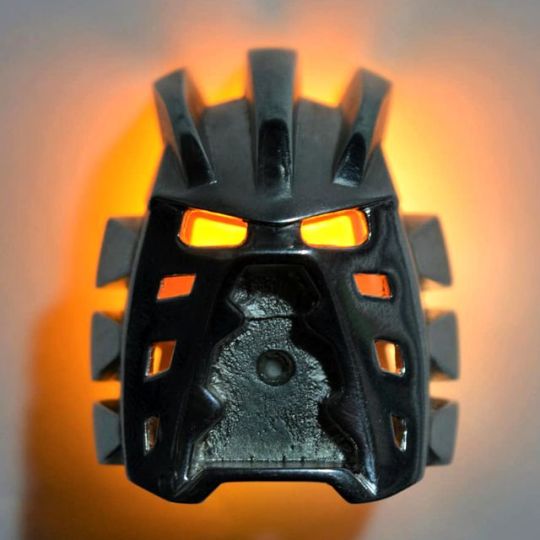
The Platinum Avohkii mask, a rare one- of-a-kind piece made of solid platinum purchased by Andre Hurley, who has The Bionicle Archives collection
Courtesy Andre Hurley/The Bionicle Archives
In 2003, LEGO seemed to be riding high after shrewd licensing deals brought Star Wars and Harry Potter sets to the masses. But unbeknownst to many—even those inside the company—sales were plummeting, and there were only guesses as to why.
Some blamed poor strategic choices in the 1990s—Legoland theme parks, forays into digital products—for LEGO’s hemorrhaging. All that misguided development time slashed profitability, and even Star Wars and Harry Potter sales shriveled between movie releases. It’s hard to conceive of now, but at the turn of the millennium, beloved LEGO might have been headed toward a pitiful end.
During this fallow period, one product line stood apart with startling, consistent success: Bionicle, a series of buildable action figures backed by rich worldbuilding and cross-platform promotion. Inspired by co-creator Christian Faber’s battle with a tumor at the base of his brain, the toy warriors of Bionicle wouldn’t just conquer their fictional enemies. They’d pioneer innovations that would transform LEGO and rescue the company from possible doom.

Courtesy Andre Hurley/The Bionicle Archives
Today, Christian Faber looks a bit like a Danish Paul McCartney. His youthful smile pairs well with his genial nature, which one might mistake for meekness until he starts talking about his creative projects. The 54-year-old embodies the unchecked enthusiasm you’d expect from a 28-year veteran of LEGO projects. If Faber’s long-time illness dimmed his appetite for play, you wouldn’t know it.
In 1986, Faber began working for Advance, a Copenhagen- based marketing firm that partners with LEGO. But shortly after his career began, Faber’s vision began to falter. A doctor found a benign tumor inside Faber’s pituitary gland that was impeding his sight, a condition called prolactinoma. Doctors said the tumor was maybe in the least accessible spot in the body for surgery, so they prescribed Faber daily medication to keep the tumor from growing. Among the drugs’ side effects, however, were severe nausea and dehydration, effectively sidelining Faber from social activities.

Courtesy Christian Faber
“It was the strangest mix of feelings,” Faber says. “I was happy at the job, but faced the physical and mental strain of the medicine and a long-term illness.”
Faber’s side effects attacked him hardest in the mornings, so he found most of his energy for work at night. Early in his career, Faber designed brochures for LEGO toy lines. Exposure to the different products, including the undersea-based Aquazone and the sophisticated Technic series, gave him experience with LEGO’s standards and practices—a moving target in the mid- 90s, when the rise of computers and video games pressured LEGO to move from their traditional years-long R&D cycle toward what Faber calls ‘craze products,’ toys tuned to current market tastes with a planned one-year shelf life.
The craze-products movement was rife with experimentation for LEGO, and it materialized soon after a medical breakthrough for Faber. After 10 years of daily medication, Faber’s physicians moved him on to a new treatment which, in Faber’s own words, gave him his life back. The new treatment was a regular injection scheduled just once every two weeks, allowing Faber to engage with the world relatively free from side effects. He could chase higher ambitions than brochures, and he had an idea for a new kind of LEGO toy: a sort of Bionicle precursor called Cybots.
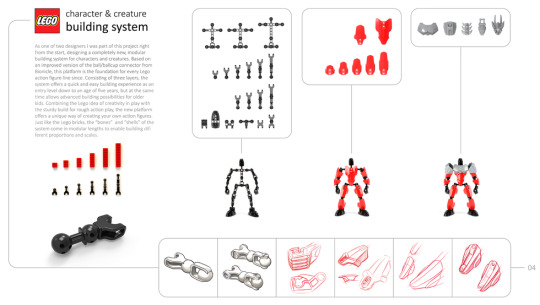
Courtesy The LEGO Group
“I was sitting with LEGO Technic and thought I would love to build a character instead of a car,” Faber says. “I thought of this biological thing: The human body is built from small parts into a functional body just like a model. What if you got a box full of spare parts and built a living thing?”
With his assistant graphic designer Jan Kjær, Faber pitched Cybots, a line of humanoid action figures with attachable limbs and ball-and-socket joints. LEGO didn’t furbish Cybots, but they would implement Faber’s concepts in craze products like Throwbots in 1999 and RoboRiders in 2000. By 2001, LEGO was testing a line called Bone Heads of Voodoo Island—masked robots with heads that could shoot off their bodies like Rock ‘Em Sock ‘Em Robots. Most of Bionicle’s look had been seeded: masks, buildable bodies, articulate limbs.

Courtesy Andre Hurley/The Bionicle Archives
Bone Heads of Voodoo Island was a bust—focus groups demonstrated kids didn’t respond well to detachable heads—so that same year, LEGO pivoted to focus on Bionicle. The plan was to take a more holistic design approach with these new toys than with craze products, but LEGO extended that comprehensiveness to the worldbuilding around the toys, too, a new strategy for the company. Faber and LEGO design manager Martin Riber Andersen were joined by former BBC film and TV executive Bob Thompson and writer Alastair Swinnerton to refine the Voodoo Island concept and pitch a new story. Faber, fresh from working on Star Wars LEGO sets, imagined something massive.
“After being on Star Wars, I was thinking that the only thing to do from here is our own stuff, but it should be as big as Star Wars,” Faber says. “It should be a big, full universe.”
For the storyline, Faber drew on his experience with prolactinoma. To him, his every-other-week injections seemed like sending in a new wave of protectors to battle his tumor with every dose. Faber imagined this group of disease-fighters arriving on an unknown beach with no memory. The story of these warriors would be called Bionicle, a portmanteau of ‘biological chronicle.’
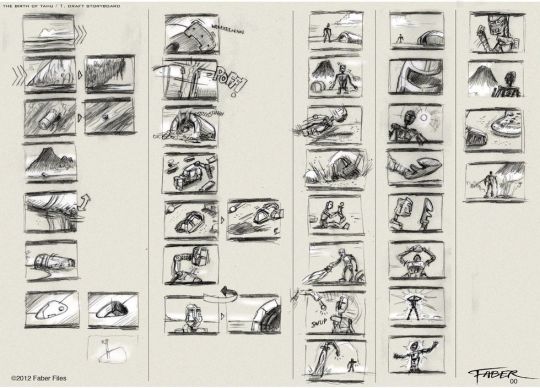
Courtesy The LEGO Group/Christian Faber
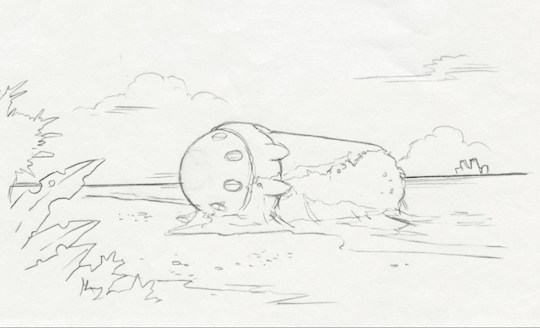

Courtesy The LEGO Group/Christian Faber

Courtesy The LEGO Group/Christian Faber
“We took an episodic story line but chose not to play it out in any single medium,” Thompson told Kidscreen in 2003. “We would take that story and scatter it like a paper trail through different types of media.”
Bionicle’s in-world story evolved through comics and chapter books, written in large part by Greg Farshtey of LEGO’s promotional periodical LEGO MANIA Magazine (also known as LEGO Club Magazine, but now called LEGO Life Magazine). Farshtey followed Bionicle’s story bible from the original team, but as he began accounting for character changes correlating with new toy sets, he added his own takes. By the end of Bionicle’s run in 2010, he had interwoven the story with three feature films and shepherded the comic series that, at its peak, reached almost 2 million readers per month, making it the most widely circulated monthly comic on the planet.

Courtesy Andre Hurley/The Bionicle Archives
By all accounts, Bionicle was the hit LEGO needed. In 2001, its first year on the market, the line brought in over $160 million in sales, it was declared “Most Innovative Toy of the Year” by the Toy Association.
"Flat sales and profit decline made LEGO believe the brick was passé and it needed to move to digital and virtual toys to remain relevant,” David Robertson, author of LEGO history book Brick by Brick, told Popular Mechanics. “But as Bionicle became a success, LEGO learned the difference between sufficient and necessary. It wasn't sufficient to just offer customers another box of bricks, but it was necessary. If a LEGO toy didn't have interlocking plastic pieces, consumers didn't want it. But to succeed and grow, it was necessary to embed a story in that box of pieces and tell that story through comics, books, video games, movies, and events at the LEGO Stores."

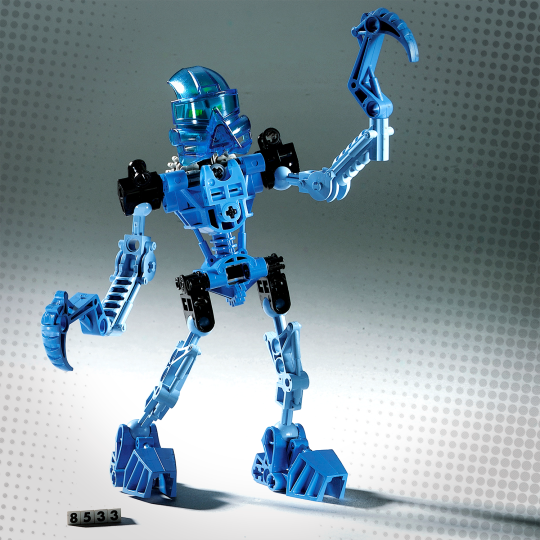
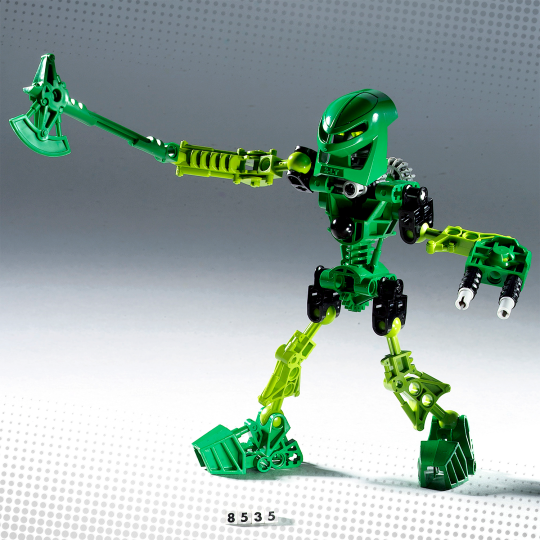
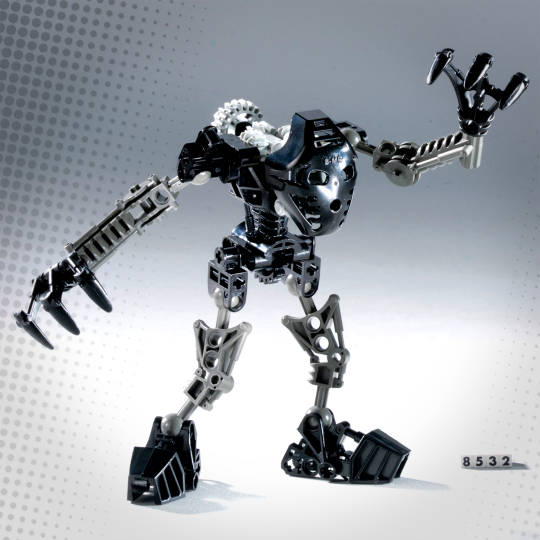
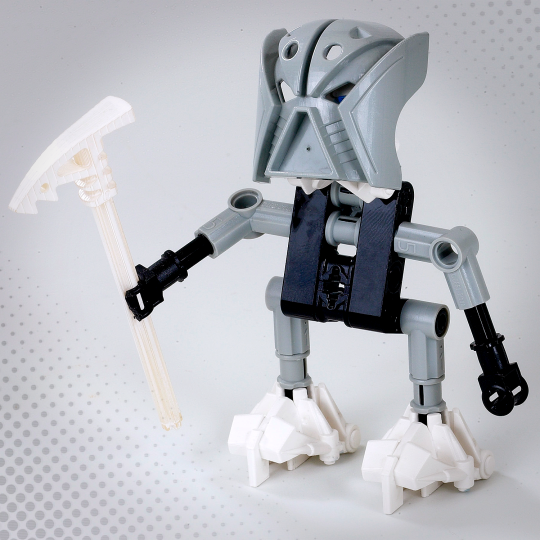
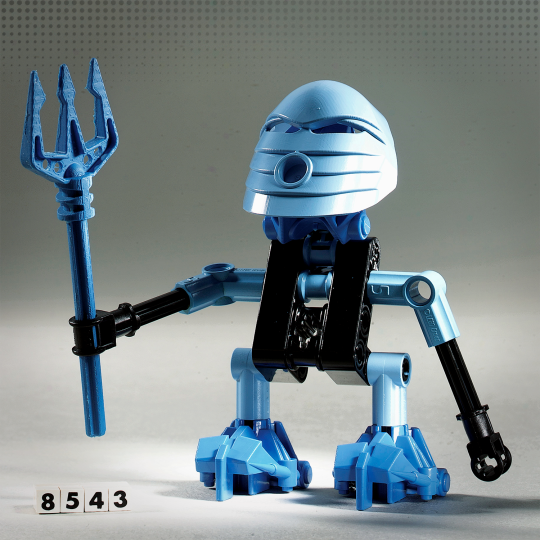
Courtesy The LEGO Group
In other words, Bionicle had all the ingredients of a fun LEGO toy, but Faber’s inspiration was key to making it a smash. “[My condition] had a direct effect on my career, and especially on the creation of Bionicle,” he says, ticking off the allegories. “A biological robot attacked by ‘illness,’ waiting for the right ‘medicine’ to arrive. Even the canisters the Toa warriors arrived in resembled the medicine capsules I had to eat every day.”
Bionicle hit its stride just as LEGO’s financials were bottoming out. While LEGO flirted with bankruptcy in 2003, Bionicle accounted for 25 percent of the company’s total revenue and 100 percent of its profits. As LEGO slashed its workforce, reduced the number of pieces it produced, and increased its range of licensing deals, Bionicle continued to diversify. Partnerships spawned. There were Bionicle-branded Nike shoes, McDonald’s Happy Meal toys, even Colgate toothbrushes. The cross-promotion paid off: By the end of Bionicle’s initial run in 2010, it sold over 190 million toys.
All the newness shook up LEGO’s tried-and-true project structure. Bionicle’s multifaceted development process blended design, marketing and engineering teams to hash out new sets, ingest market feedback, receive directives from LEGO executives, and issue their own directives to subsequent narrative and design teams. Under the new dynamic structure, development time for a new toy line at LEGO accelerated from three years to less than one. The rapidity created an exciting energy.
“We broke a lot of new ground experimenting and pushing boundaries,” Bionicle co-founder and design manager Martin Riber Andersen says. “One of the key ethos of the core team was this is a shared collaboration: We stand together. We all believed it was so in contrast to ‘the normal LEGO company’ that we might as well direct our energy to the team instead of our individual career objectives.”

Courtesy The LEGO Group
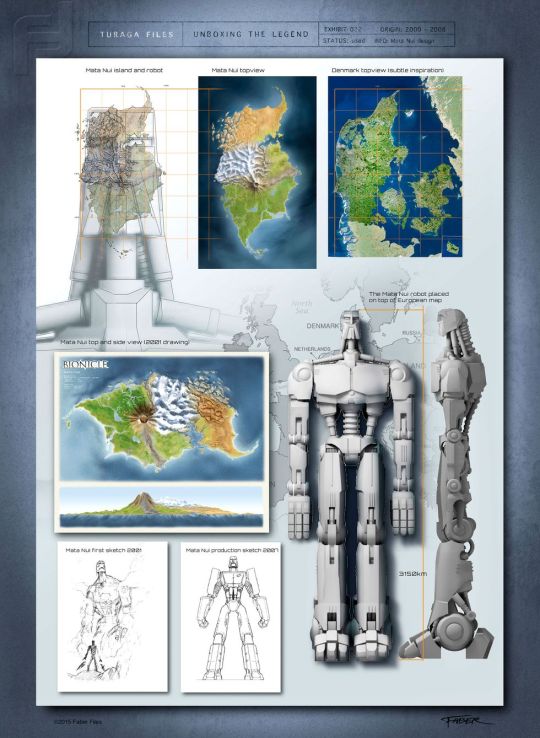
Courtesy The LEGO Group/Christian Faber
From 2003 to 2005, Bionicle was the reported top-performing LEGO toy line, but after that, sales dipped below expectations. The decline continued to 2009, when LEGO handed down word it was time to end Bionicle. The creators wrapped up the narrative in 2010, but it was hard to let go. Farshtey wrote Bionicle stories on the now-defunct BIONICLEStory.com until 2011, fans dissected the line’s mythology on BZPower forums, and custom Bionicles continued to appear. In 2016, Faber wrote to series fans: “The stories we hear and the stories we tell shape who we are and what we do ... through almost 30 years [of my career in storytelling], no story has proved this stronger than Bionicle. The fans were, are, and will be the true heroes of this ... great adventure.”
These days, you still see Bionicle at toy conventions, and the r/bioniclelego subreddit is alive and well. In fact, the front page of Reddit was graced in November 2019 with an essential, timeless question: “What is the appropriate amount of time to wait before showing your new significant other your Bionicle collection?”
The toys’ invigorating combination of articulate LEGO figures and intricate, multimedia story resonated with the LEGO company as well as fans. The brickmakers use the business strategy they honed on Bionicle with lines like Ninjago today, to great success.
"It's hard to overstate how important the Bionicle line was for LEGO,” Brick by Brick author Robertson notes. “Without the sales and profits of Bionicle in 2003 and 2004, the company would not have survived. Bionicle taught LEGO that success depended on the ability to hook kids on characters and story, and LEGO was smart enough to spread those practices throughout the company."

Courtesy Andre Hurley/The Bionicle Archives
After Bionicle, Swinnerton moved on to write children’s books and TV scripts, Andersen took on a senior position
at a European consulting agency, and Thompson founded a media production and consultancy firm. Farshtey, meanwhile, still edits LEGO’s free fan magazine. All cite Bionicle as high points in their careers.
“We should all be proud of what we achieved individually,” Thompson says. “But in my view, more important is what we did collaboratively. After all, LEGO fans are still talking about what we did with Bionicle—after two decades.”
Faber moved on from his design job at Advance in 2014 after 28 years working on LEGO. His medical journey continues to inspire his creative work, including a post-apocalyptic world he’s designing filled with adventure, danger, and a pro- environmental bent. Looking back, Faber sees the impact his illness and treatment had on the stories and projects he’s touched. Almost 20 years after co-creating the action figures that sustained LEGO through one of the darkest times in its history, talking about Bionicle still makes him reflective.
“Biology is a balance more than a battle between good and bad,” he says. “Ever since Bionicle, balance has been my goal in the stories and pictures I create.”

Courtesy The LEGO Group/Christian Faber
article graphics faber bs01
83 notes
·
View notes
Text
BIONICLE Science - Nova Blasts are insane and everyone should be scared of Toa
Well, this is possibly the most insane piece of BIONICLE related science I’ve done so far, so buckle up.
A Nova Blast is the most powerful ability a Toa has, where they unleash their full reserve of elemental energy in one massive destructive blast, the effects of which vary depending upon the element of the Toa in question. I got the idea that I might be able to actually calculate the level of that energy and I’m happy to say that I succeeded, and oh boy is it ridiculously large.
I decided to use a Toa of Iron’s Nova Blast as the basis of my calculation for the below reasons:
Iron is a very specific substance that exists in the real world with a known density etc., making it a lot easier use in the calculations.
It was really between Iron and Water for this, as the other options either didn’t have real world equivalent (e.g., Psionics) or had too many variations (e.g., different kinds of Stone would have different properties that would affect the numbers).
Iron is denser that the other options like Water and so would theoretically take more energy to create the same volume of it. Given that I am looking for a value for the amount of elemental energy contained in a Nova blast, Iron made sense to go with for this reason.
Initially, I thought each Toa would have the same level of elemental energy, with the less dense physical elements meaning their blast radius would be wider than the denser ones. However, this led to some …interesting… conclusions for more energy-based elements such as Fire and Light – see below for more details.
Iron is one of the elements that we have a very specific answer for what its Nova Blast does, thanks to the following Greg Quote:
“What would Nova Blasts of Stone, Earth and Iron do? Would it just like shatter all of the stone, earth, or iron in the area? Or would Earth cause massive earthquakes?” “Actually, it would cover everything for miles and miles around with rock, earth or iron”
https://greg.thegreatarchives.com/2008-2010/page306#post12237-line18-19
From a different Greg Quote, we know that the blast radius of a Nova Blast would extend beyond the borders of Metru-Nui if it was set off there (https://greg.thegreatarchives.com/2008-2010/page5#post161-line7,18), but let’s be conservative and say that it would be as large as the City. Metru-Nui canonically has a length of 47.6 Kio, which works out as being 65.212km. So, lets make the blast create a circle around the Toa creating it that has a diameter of 65.212km.
Given that the Greg quote above states that the blast “covers everything for miles and miles around with … iron” let’s also say that the blast creates a layer of iron 1cm thick over everything within that distance (this may seem like a very small thickness, but trust me, with the numbers we are getting to in a moment, it’s really not).
For fun, let’s say that Toa Zaria has found a nice open plain on the Northern Continent somewhere and sets off his Nova Blast because someone bet him he couldn’t beat the Matoran Universe record for the creation of the largest ever Kanoka Disk. Within seconds, a disk with a diameter of 65.212km (radius 32.606km or 32606m) and 1cm (or 0.01m) thickness is created all around him. This would actually be a very wide but very short cylinder, whose volume can be worked out using the below equation:
V = πr^2h
Volume = π x radius of the circle squared x height of the cylinder
Volume = π x (32606^2) x 0.01
Volume = 33,399,881.13m^3
The density of Iron is 7,800kgm^3, using this fact, the volume above and the equation below we can figure out the mass of the cylinder:
Mass = Density x Volume
Mass = 7,800 x 33,399,881.13
Mass = 2.605190728x10^11kg
(Or 2.6x10^11kg rounded to two decimal places)
To give some context to that number, Blue Whales, the largest animal to ever live on the Earth, have a mass of around 150,000kg. This disk of Iron Zaria just created has the equivalent mass of 1,736,794 Blue Whales!
But we aren’t done yet, we still need to work out how much elemental energy it took to make that disk. The disk of Iron was created in that instant by the Nova blast after all, with the elemental energy of Zaria being converted directly into the mass of the Iron. Energy and mass are directly related, as described in what is most likely the most famous equation of all time:
E = MC^2
Energy (measured in Joules) = Mass (Measured in Kilograms) x the speed of light squared (measured in metres per second)
The speed of light is a very, very large number (299,792,458 metres per second) and we are multiplying our mass number by it. It takes a stupendous amount of energy to be converted into mass. This is going to get big, very, very fast.
E = MC^2
Energy = 2.605190728x10^11 x 299,792,458^2
Energy = 2.341428658x10^28 Joules
(Or 2.34x10^28 Joules rounded to two decimal places)
That is a very, very big number. That is a 2 followed by 28 zeros.
To give you some context of how much energy that is, Tsar Bomba, the largest nuclear weapon ever detonated, had a blast energy of approximately 209x10^15 joules. A Nova Blast is 1.12x10^11 times more powerful that Tsar Bomba (that is a 1 with 11 zeroes after it). A Nova Blast is 112 billion times as powerful as the largest ever nuclear device ever detonated.
To put it another way, our Sun puts out approximately 3.8x10^26 Joules per second. The Nova Blast we just calculated was created from an elemental energy reserve equivalent to the energy output of the ENTIRE SUN for 60.66 seconds – just over a whole minute!!
It is insane how much elemental energy a Toa must contain in order to create matter out of energy like they do. But if we assume that all Toa have the same amount of elemental energy at their disposal, that’s when things start to get really dangerous. What would happen if a Toa of Light or Fire, whose element is energy based rather than matter based, were to go Nova?
Remember, the energy of a single Nova Blast is 112 billion times more powerful than the largest nuclear bomb ever made. If all of that energy were to go into one single blast of light or heat, you can say goodbye to life on whatever planet the Toa went Nova on, along with a sizeable chunk of the planet itself.
Hopefully the Great Beings has the sense to limit the elemental energy of the energy-based elements like Fire and Light to a more reasonable level, because if they didn’t… well, I can certainly see why they created Marendar.
As if you annoy a Toa of Light enough, they have the power to destroy worlds.
86 notes
·
View notes
Text
The Bionicle universe has so much potential...
With the Makuta as living clouds of Antidermis that can shapeshift as needed, who are consumed with greed that they eventually break from if they had not been slain by Teridax in his final gambit.
The Kraata as worm/snake/insects that can, over a short time, become as intelligent as any other being, and live in humanoid suits of armor that allow for significant power release, all of which were once parts of the Makuta
The Matoran, a self-Aware mix of biology and mechanical parts, all with sparks of magic at their cores.
And finally, Protodermis- the material that lets magic be mass produced and used to make wonders.
This isn't taking into account the maasive number of Rahi (biomechanical organisms), other intelligent lifeforms (such as the Skakadi, Bohrok, or Visorak), and machines (Vahki) that make that place home.
And now it's gone, only to be expaned by our fanwork.
39 notes
·
View notes
Text
Kurahk’s Potential
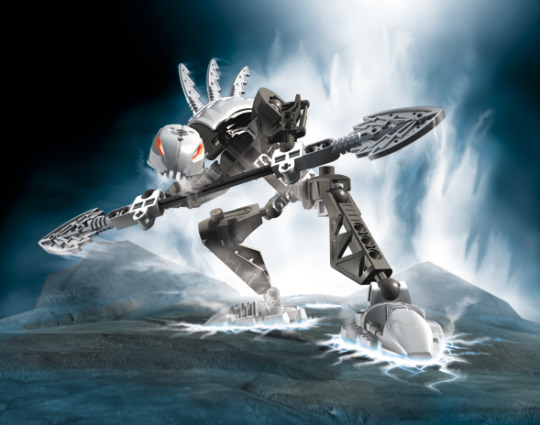
Kurahk has the capability to be one of the most terrifying Rahkshi if you think about it, even more terrifying than the literal Rahkshi of Fear, Turahk. On the physical level, it could function like Jojo’s Survivor, or the church scene from Kingsman; Reducing everyone in an area into a mindless, raging, all-out brawl where nothing is held back and they senselessly beat each other to death, ignoring any pain and injury and going for even the most horrific blows because all inhibition has been overpowered by a berserk state. Even the closest friends can be found howling curses at each other as they snarl and bite…
And could Kurahk also direct the target of your anger? Suddenly make you feel a lot angrier about a subject, a person, on your mind? Make everyone in a room fixate pure wrath onto one individual there in particular? Would a Stage 6 Kurahk have the power to make someone so deeply enraged towards themselves, they commit self-harm as an outlet?
Not to mention, the emotional scars, since Kurahk IS a creature that targets that area specifically. Not just the trauma of an all-out massacre; The things it can make people say and admit under the influence of Anger. Even when the effect subsides, the memory of what they said lingers, as does the uncertain question; Surely you didn’t mean it, when you said that? And they agree they didn’t! But at the same time… Was that idea always there? And the Kurahk just emboldened them to admit it aloud? Does it create and/or amplify pre-existing feelings?
Keep reading
82 notes
·
View notes
Text
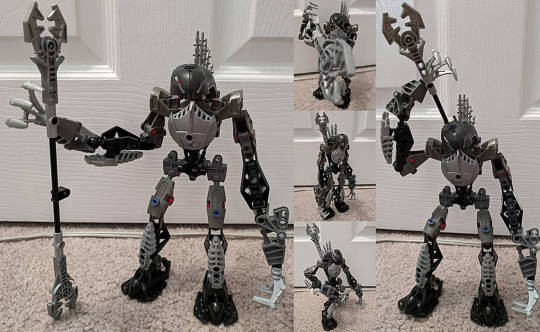
Avsavo
When you uplift a Rahkshi, be prepared to face the consequences.
Source
Creator: Toa-Jala
19 notes
·
View notes
Text
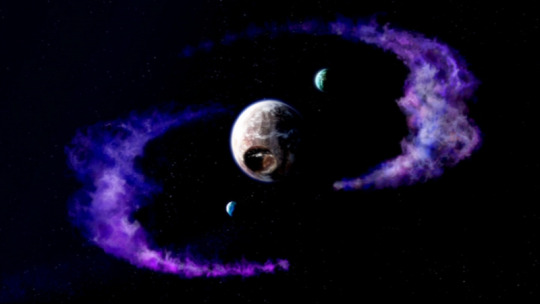
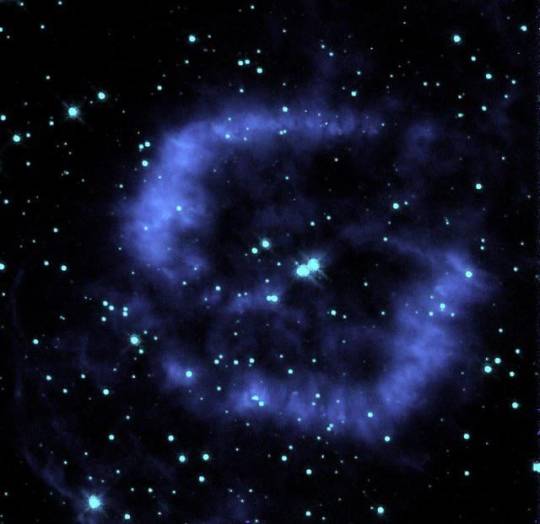
Hmmm…..
Look. I’m not saying it’s real but the fact that the Solis Magna system just happens to resemble Nebula PK 329-02.2 is interesting to me.
Okay.
Make of it what you will.
I don’t study or know anything about astronomy, admittedly.
I just stumbled across this fact thanks to some old BZPower posts.
(Somebody NEEDS to mention this on BioSector01 btw for the Solis Magna system article)
305 notes
·
View notes
Text
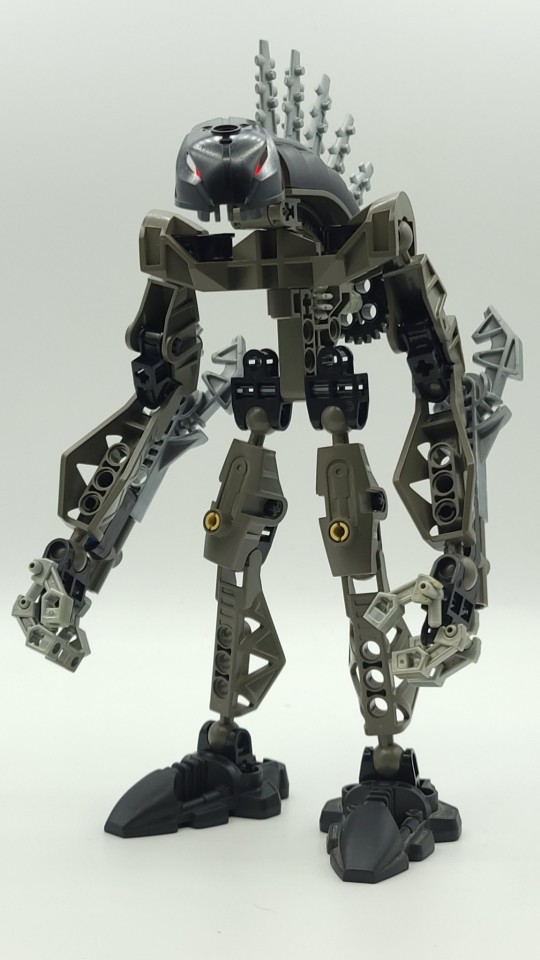
Open Studio Series Ultra Magnus? Nah. I'll do something I haven't done in 15 years: Build a semi-original Lego set USING BIONICLE PIECES! 😅
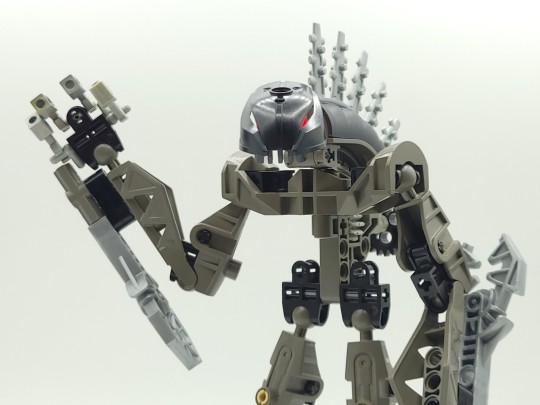
I named him Frank. He's essentially a modified Vorahk set. I used another Rahkshi's legs to give him elbow articulation and added fingers for good measure.
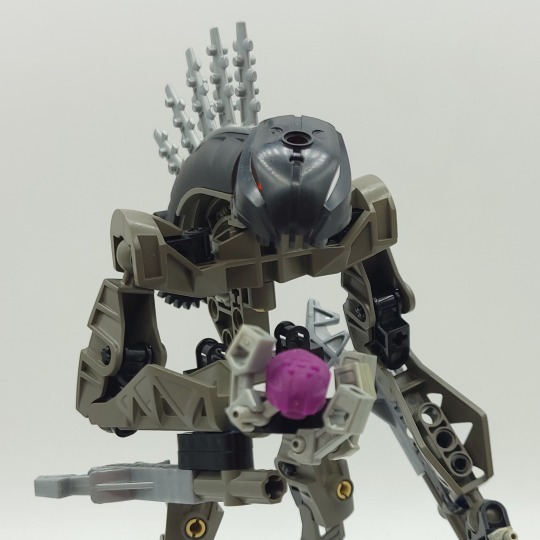
I pulled the Shadow Kraata that came with Makuta to give to Frank since I don't have any Kraata-Vo anymore (long story).
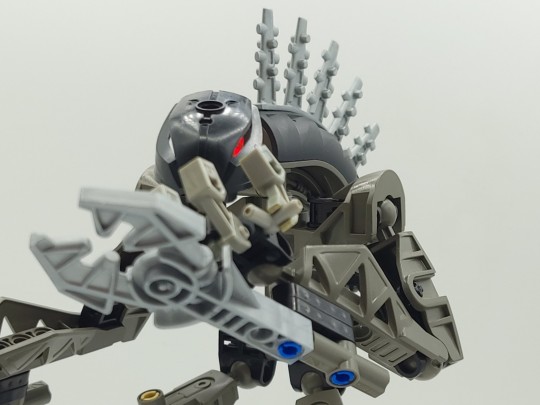
Since Frank's articulated fingers can't properly hold anything, I decided to make his Staff Of Hunger into claw-like weapons that can rotate on a Technic friction pin.
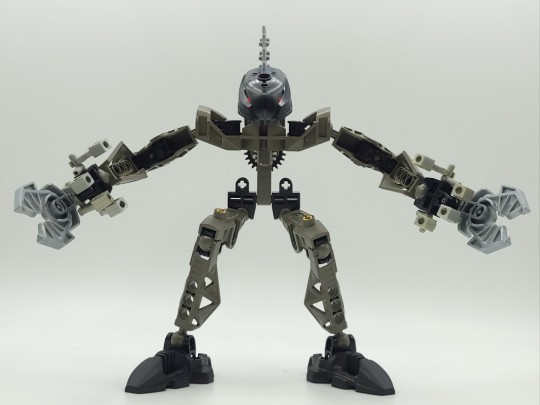
It's a 50/50 split if Frank is going to hug you or attack you. 😅
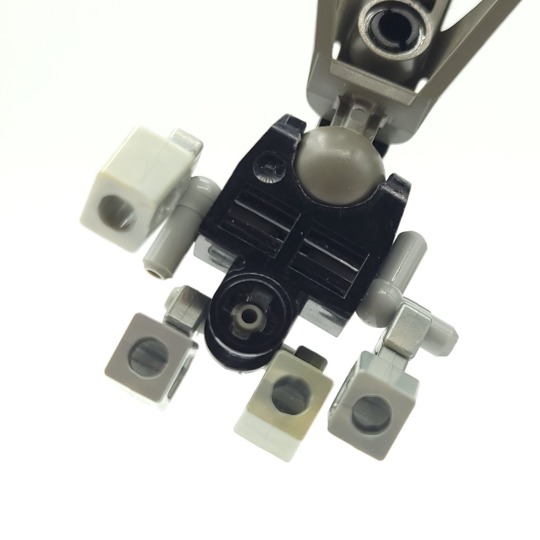
Close-up of Frank's hand articulation.
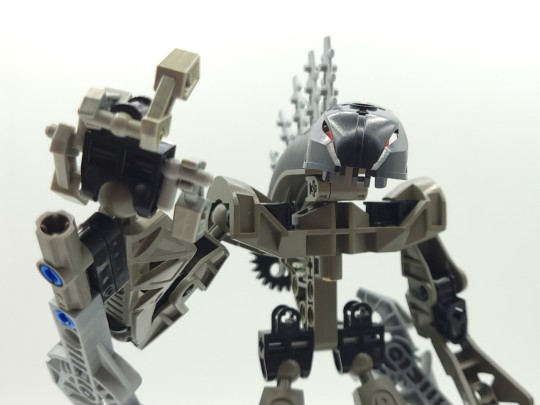
Dude's in a mood.
So yeah, Frank's design isn't anything special, but this is the first time I've done any creative Lego building in well over a decade. I really should try to get back into this.
47 notes
·
View notes